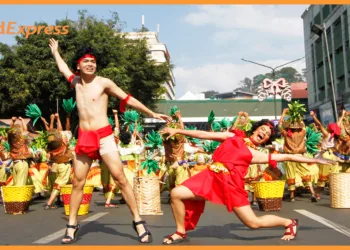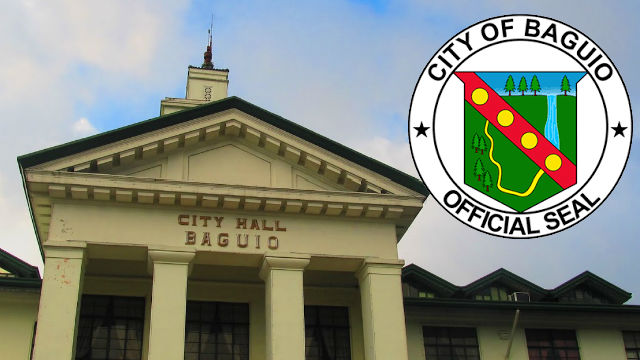Manila – The Tourism Summit 2019 which was held on May 2, 2019 at the World Trade Center, Pasay City, promotes more cooperation rather than competitive tourism in ASEAN.
The Tourism Summit was a forum for the sharing of experts on Opening Up Land, Sea, and Sky for Global Tourism, Discovering the Different Island Beats, Where the Tourists Stay, and So Much to Do, So Much to See, So We Make Time.
But a significant talk was made on Tourism: One of the Pillars for Greater Inclusive Growth that defined priority sectors for development, namely, agri-business, digitalization, and tourism.
It is to be noted that agribusiness has been launched by the government, in partnership with Go Negosyo, to provide more opportunity and sustainable businesses to farmers in the country.
The country has seen various digital platforms being launched such as Grab, Angkas, Lazada, and Shopee that have empowered more Filipinos to become self-earning entrepreneurs, thus, digitalising tourism is not something new, but simply bringing tourism into the digital age.
Tourism is seen to be a core industry for the country and will continue to be so with the beautiful beaches and amazing natural wonders in all regions that are deemed unparalleled in the world.
“I believed tourism is the most inclusive sector as it extends not just to the services provided by airlines and travel agencies, but also includes the culinary industry, retail, transportation, logistics, medical, and agriculture. Indeed, a boost in tourism is a boost to the economy,” said Joey Concepcion, Presidential Adviser for Entrepreneurship and Go Negosyo Founder.
Close to a thousand attended the summit that tackled the 5As of tourism development, namely: Arrival, Access, Accommodations, Attractions, and Activities in the Philippines.
To welcome more tourists, there is a need to boost investments in building airports, seaports, and other transport hubs in strategic points.
There is also need to link these tourists to tourism attractions, services, and facilities through travel agencies, tourist operators and tour guides.
Wider and better roads and bridges must be built to conveniently connect the tourists to airports, their accommodations, and other points of interests. The network of utilities such as power, communication services, water, and others provide basic comforts to travelers, ensuring that all types of tourists – backpackers, budget travelers, and even luxury jetsetters – are provided a variety of accommodations like hotels, lodges, and homestays.
One resource person said that homestays make tourist stay with families as in immersions, “Stay away from big cities, go to the rural areas,” he encourages tourists.
The country boasts of many great attractions, both natural and manmade, that entice millions of tourists but importance should be made not only promoting the sites but also in protecting and preserving them.
Activities, such as festivals and cultural events, shopping recreation, sports events and the like, should be further enhanced to maximize the experience of the tourists.
Secretary Bernadette Romulo Puyat of the Department of Tourism reported that 7.1 million tourists visited the country last year contributing a total of P7.8 billion in revenue, an increase of 17% compared to the year 2017, creating 5.3 million jobs which is also a 13.1% increase in 2017.
She also talked about agri-tourism, a new thrust of the Department of Tourism, which she saw as providing tremendous opportunities in the marriage of farm and tourism.
The common sentiment among the participants is that tourism in the ASEAN region should promote cooperation rather than competition among the stakeholders.
By Roger Sacyaten
Banner artwork by Don Ray Ramos














